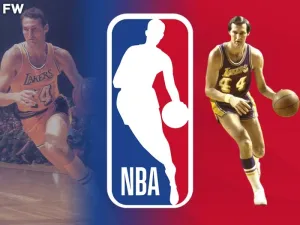There is a difference between goals and resolutions.
Businesses set goals. These can be budgetary, operational, recruiting, sales or profit oriented. Individuals make resolutions.
Business Goals
Goals are focused on a particular outcome, and so should be specific. It’s worth the time to get into the details. If you intend to increase the company’s cash flow, how will that be done? If it’s by boosting sales, what has to change to make that happen? You could add a new product line or enter additional territory. It may require hiring and training new salespeople.
You can also increase the cash flow by reducing your Cost of Goods. Is there a purchasing analysis software that would identify ideal order quantities? Should there be new competitive bidding between vendors? Perhaps the company has grown to the point where it needs to recruit full-time purchasing personnel.
Cash flow can also be improved by production efficiency to reduce expenses, early payment incentives for customers, or by financing receivables.
Once the specifics are determined, the rest of the SMART equation comes into play. How will you Measure success? Who is Accountable for making it happen (and does their compensation reflect success?) What Resources should be allocated? Any effort requires personnel or investment, and frequently both.
Finally, what is the Time Frame? Is it the whole budget cycle? What interim measurements are needed to track progress? Are there contingency plans if the goal falls behind schedule?
Individuals make resolutions. They are promises (even if only to yourself) to commit to a new behavior. By definition, they are often tied to a broader aspiration.
If that aspiration is an exit strategy, your resolution may begin with the time frame. “I will leave Acme Widgets on December 31, 2029.” It’s still worthwhile to think through the SMART process, but the focus would be on your individual behavior.
Specific. By 12/31/29 I will be prepared for an active second act dividing my time between clearly identified community service, our grandchildren, and traveling both domestically and overseas.
Measurable. To support my lifestyle, I will transfer my company to new owners for a price of not less than $6,000,000, which will be added to the $2,000,000 in savings I accumulate in the next five years.
Accountable. The only person responsible for this is me. I will review these resolutions every month, on the last day of the month, to consider whether I have moved forward on my goal.
Resourced. Maximizing the value of my business and leaving without regret requires that I have no day-to-day operational duties. I will create a delegation plan defining who will assume each aspect of my job(s).
Time Frame. Well, that’s where we started. Now you can sketch out the interim measurements.
Goals and Resolutions
In any business managed by the owner, both goals and resolutions are necessary to move forward. No business is likely to succeed in its goals if the owner’s objectives are in conflict with them. No owner can expect to succeed in his resolutions if the business goals don’t match.
Remember, sooner or later every owner exits his or her business. It typically goes much better if there is a plan. An exit plan is merely a strategy with an end date. Having that date defined helps a lot of other things fall into place.
John F. Dini develops transition and succession strategies that allow business owners to exit their companies on their own schedule, with the proceeds they seek and complete control over the process. He takes a coaching approach to client engagements, focusing on helping owners of companies with $1M to $250M in revenue achieve both their desired lifestyles and legacies.




